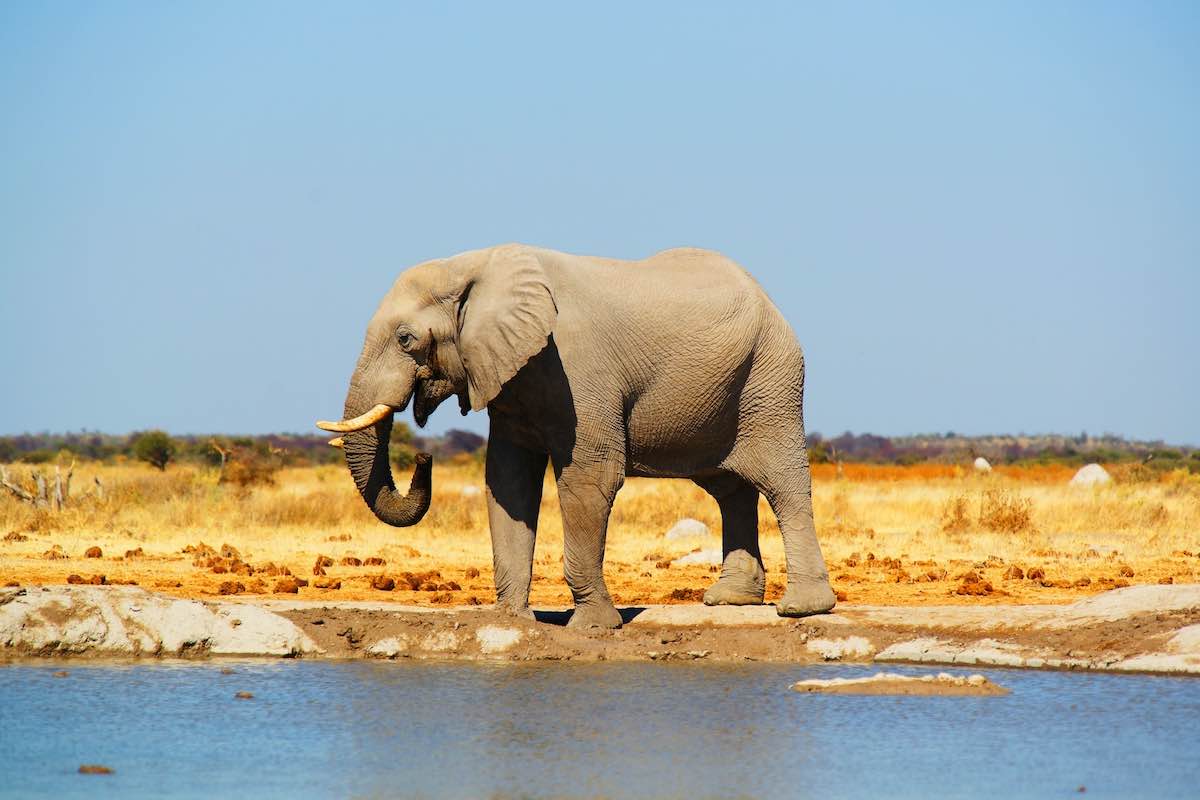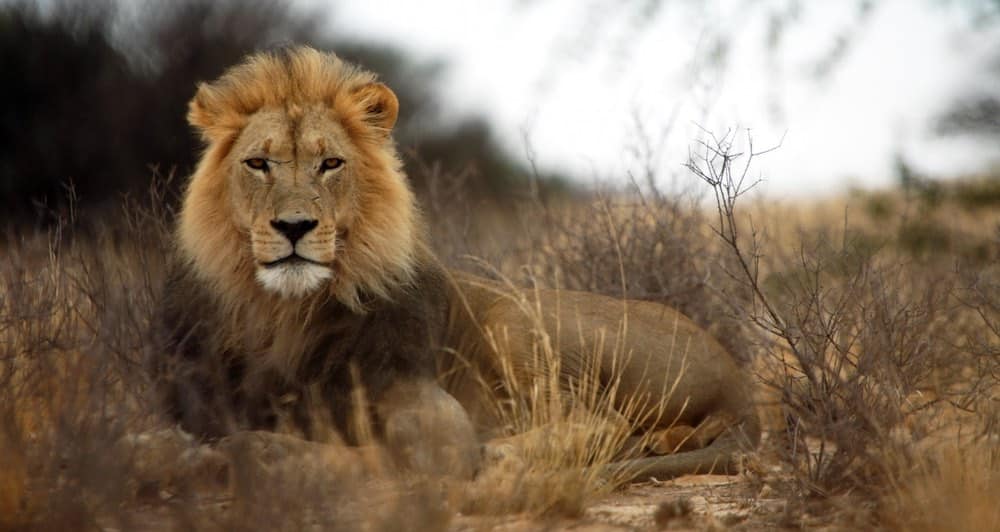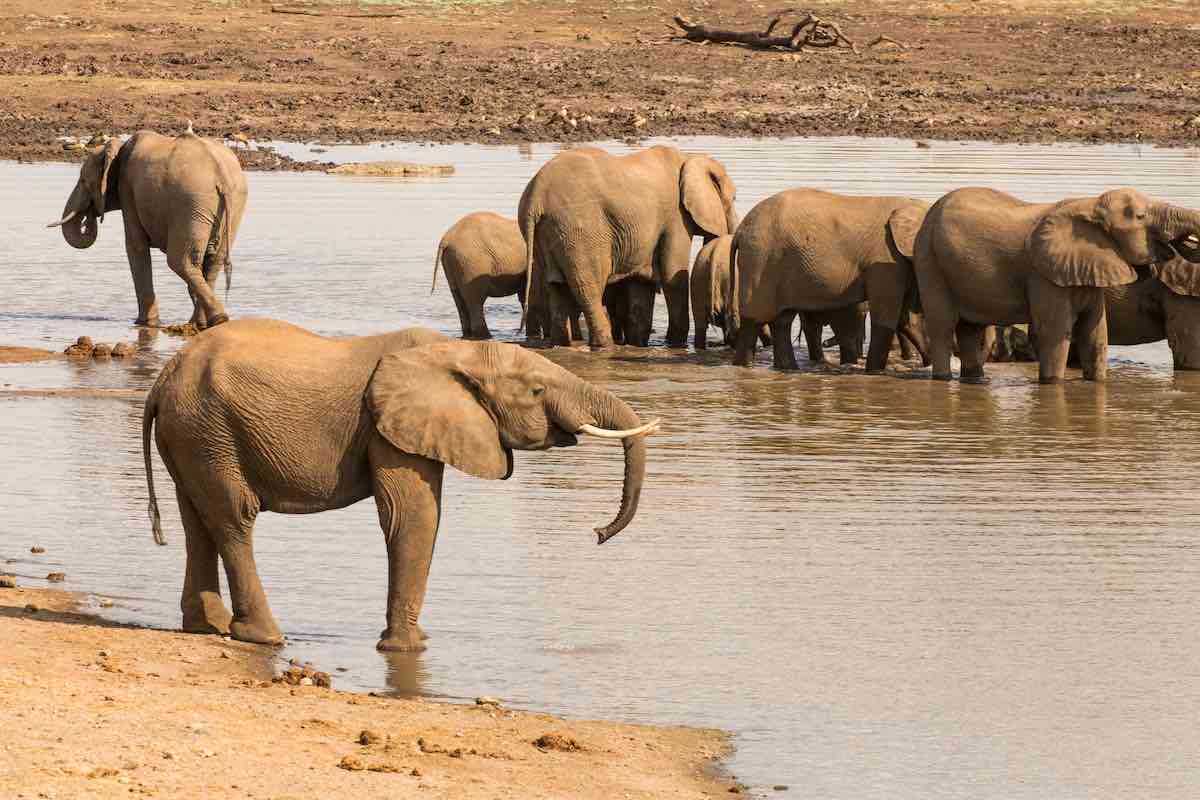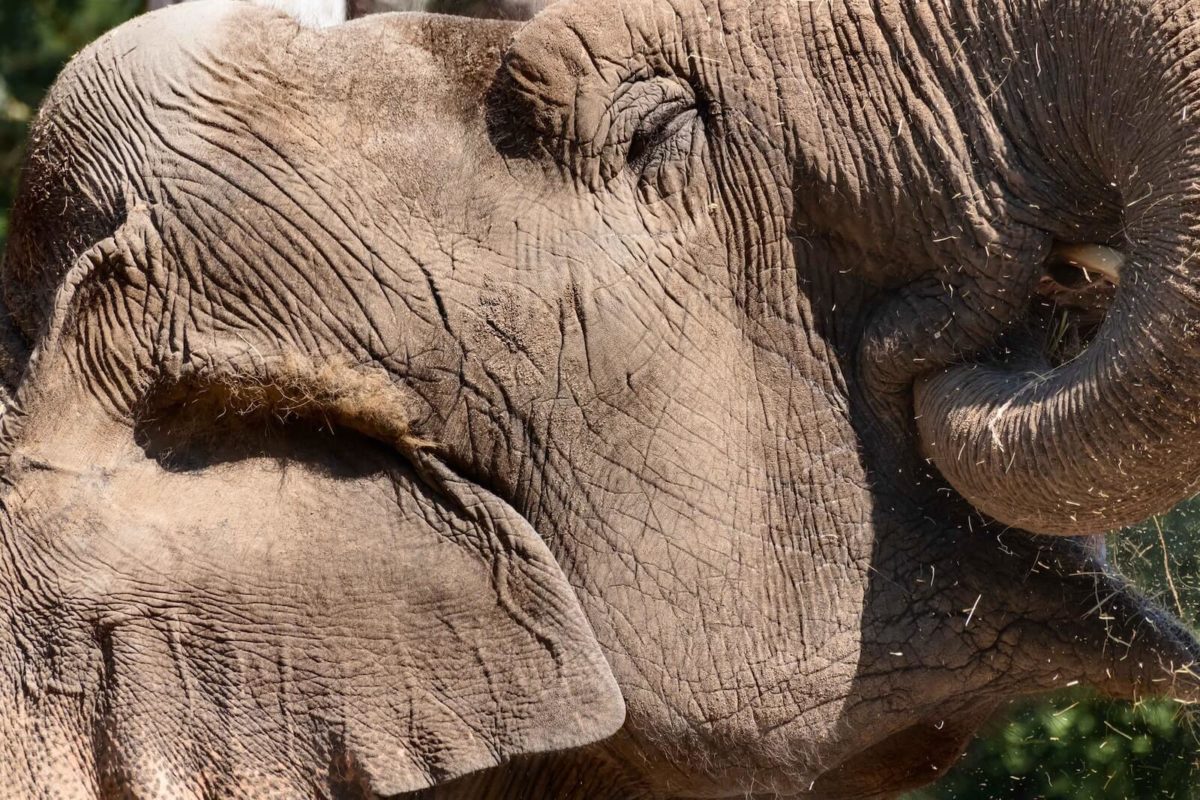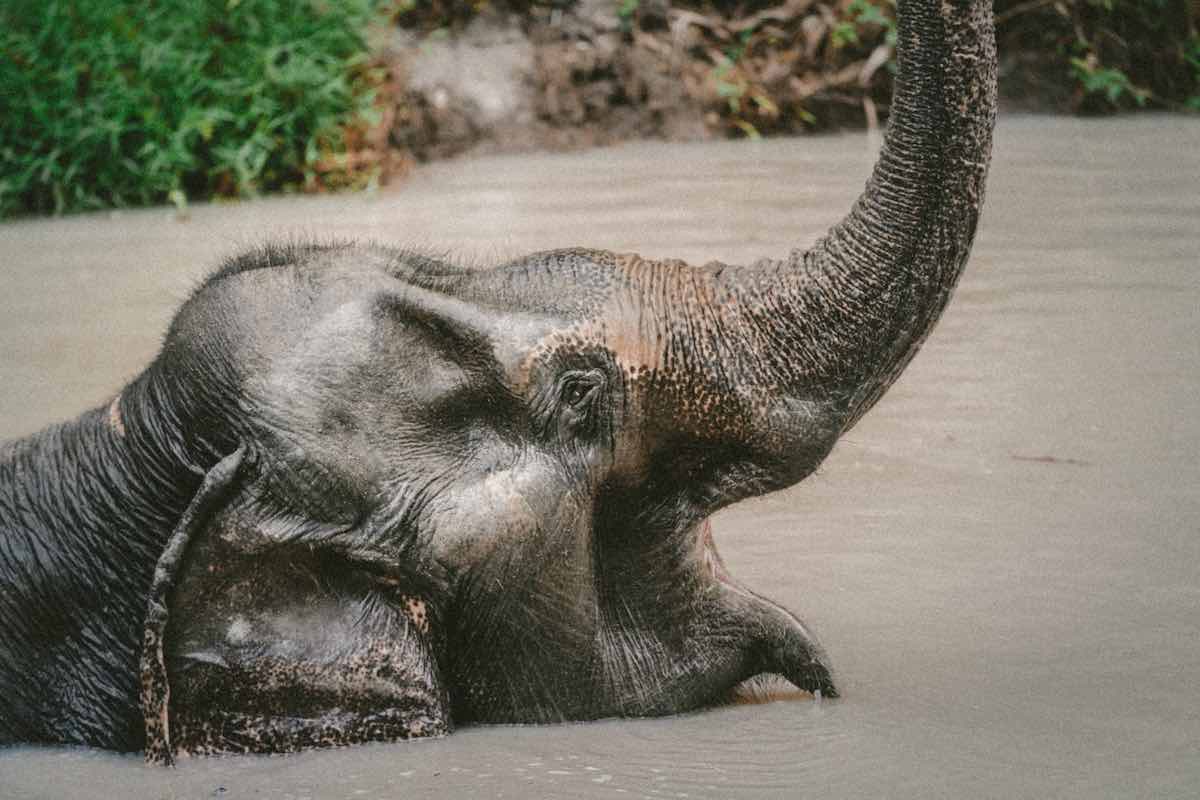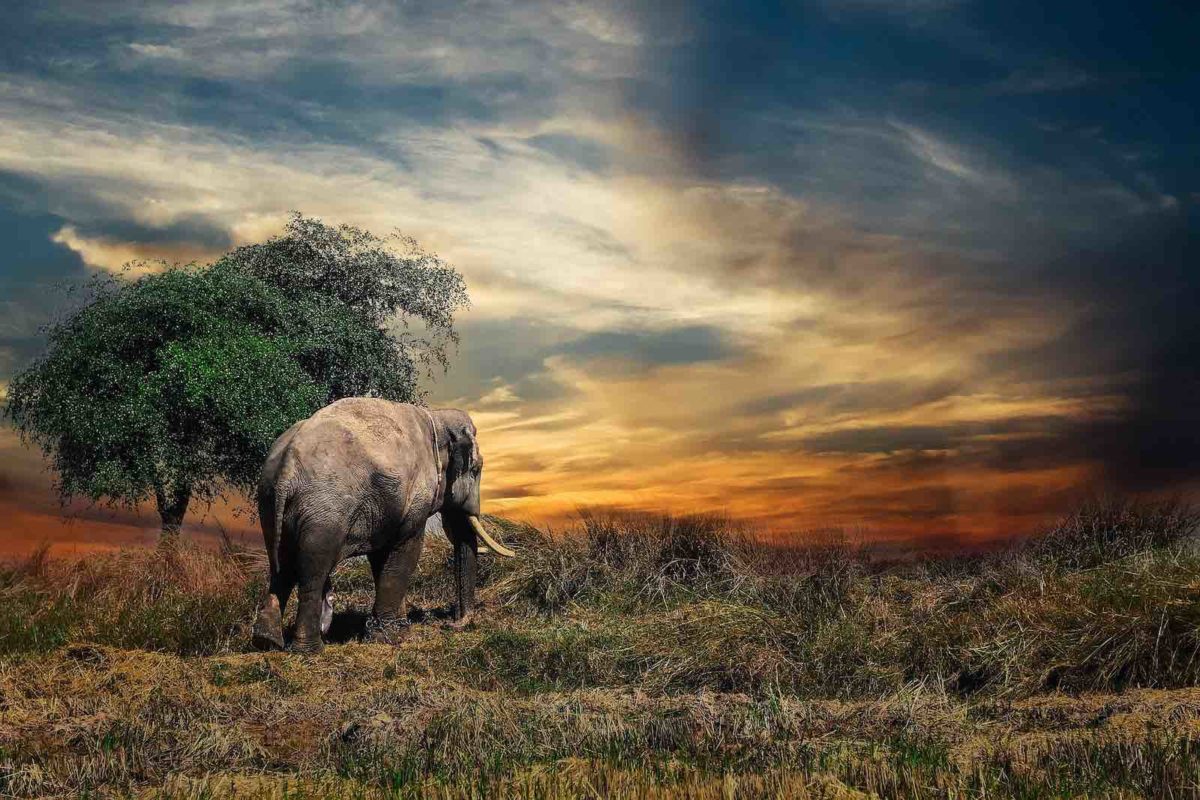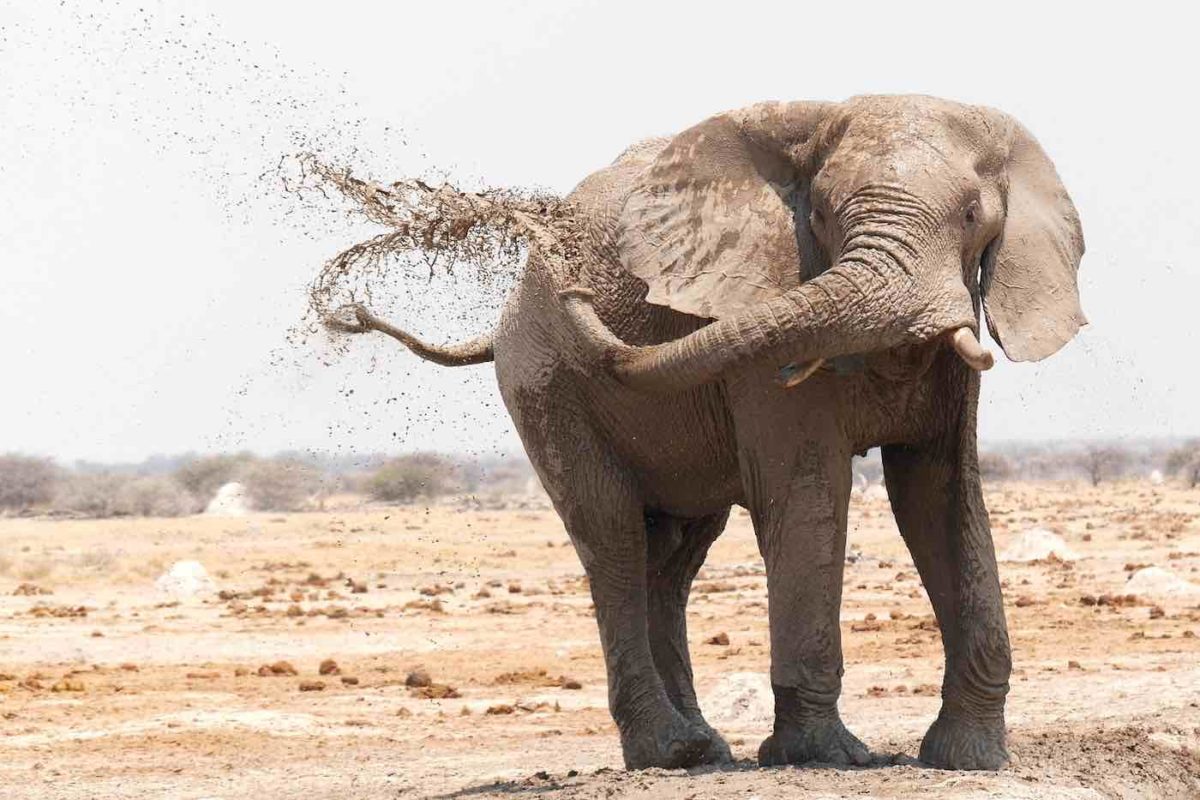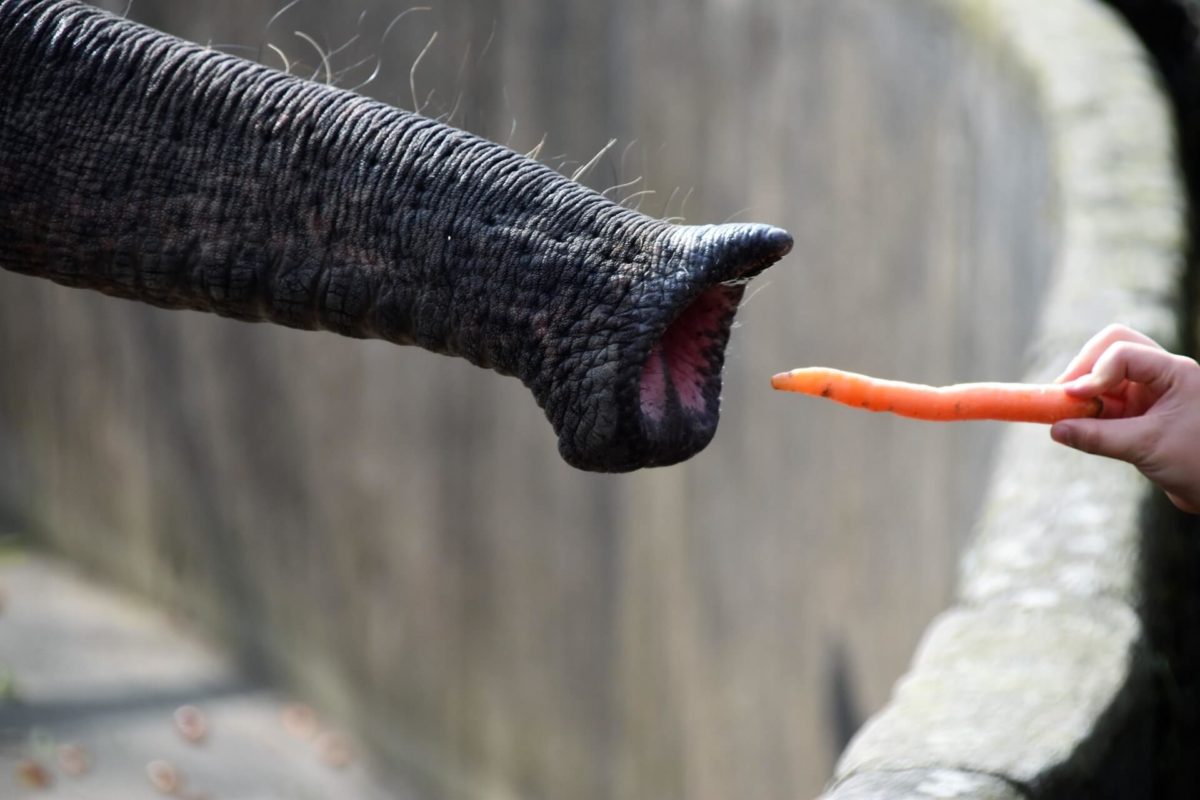Home » Archives for Ethan Smith » Page 2
The Southern and Eastern African game reserves are home to the continent’s densest African elephant populations. The best places to see elephants in the wild are in the national parks of Botswana, Cape Town, Tanzania, Zimbabwe, Kenya, Zambia, and South Africa.
South Africa is home to the savanna elephant, which can be found on grassy plains as well as in the bushveld. The Kruger National Park is one of the best places to see elephants in South Africa. The park has a large population of elephants, as well as other animals such as lions, leopards, and rhinos.
Even though their fenced-in and protected areas only make up a small portion of the range that they should have. The World Wildlife Fund (WWF) reports that the their populations are healthy and that their numbers are growing.
This is a possibility. However, researchers believe that there were once between three and five million elephants roaming the continent of Africa during the 1930s and 1940s. The current population is not even close to reaching this level.
The loss of habitat, due to human settlement and land-use changes, is the primary threat to elephants. They are also killed for their ivory tusks, which are used to make carved figurines and other objects.
The illegal trade in ivory is driven by demand from Asia, where elephant ivory is considered a status symbol.
In this article, we will tell you which African countries are considered to be the best for safaris and specifically where you can see elephants in those countries.

